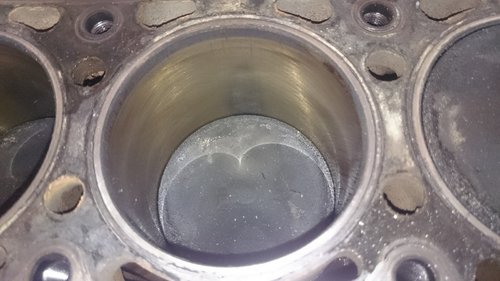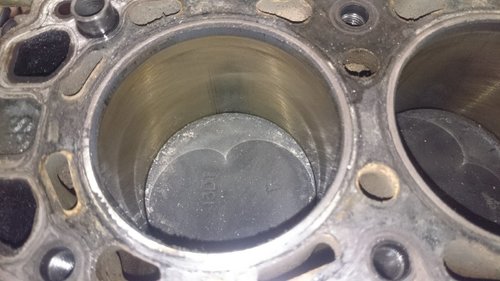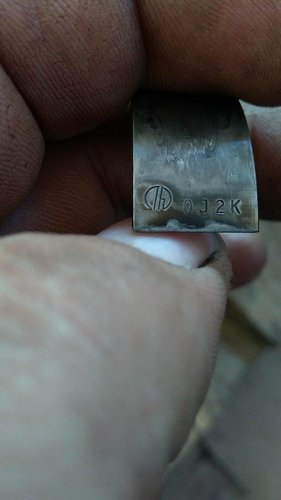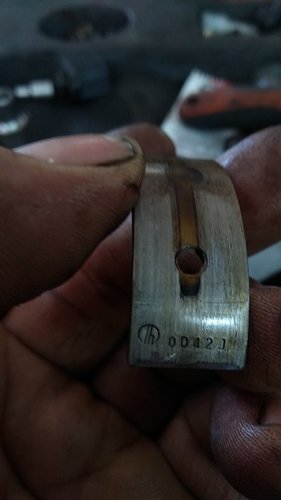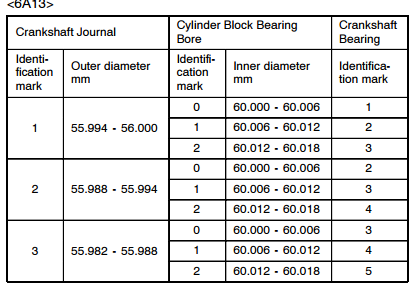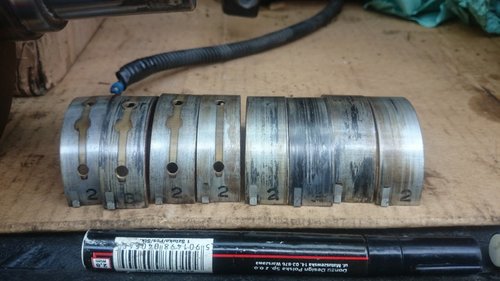Is it normal on the 6A13TT for the piston bores to have such marks on the walls? It is not possible to feel those discolorations while running a finger over them. All three rear bank bores have these. The front ones don't.
Well anyway the engine will be stripped further, just wondering if anybody saw anything similar.
Well anyway the engine will be stripped further, just wondering if anybody saw anything similar.

